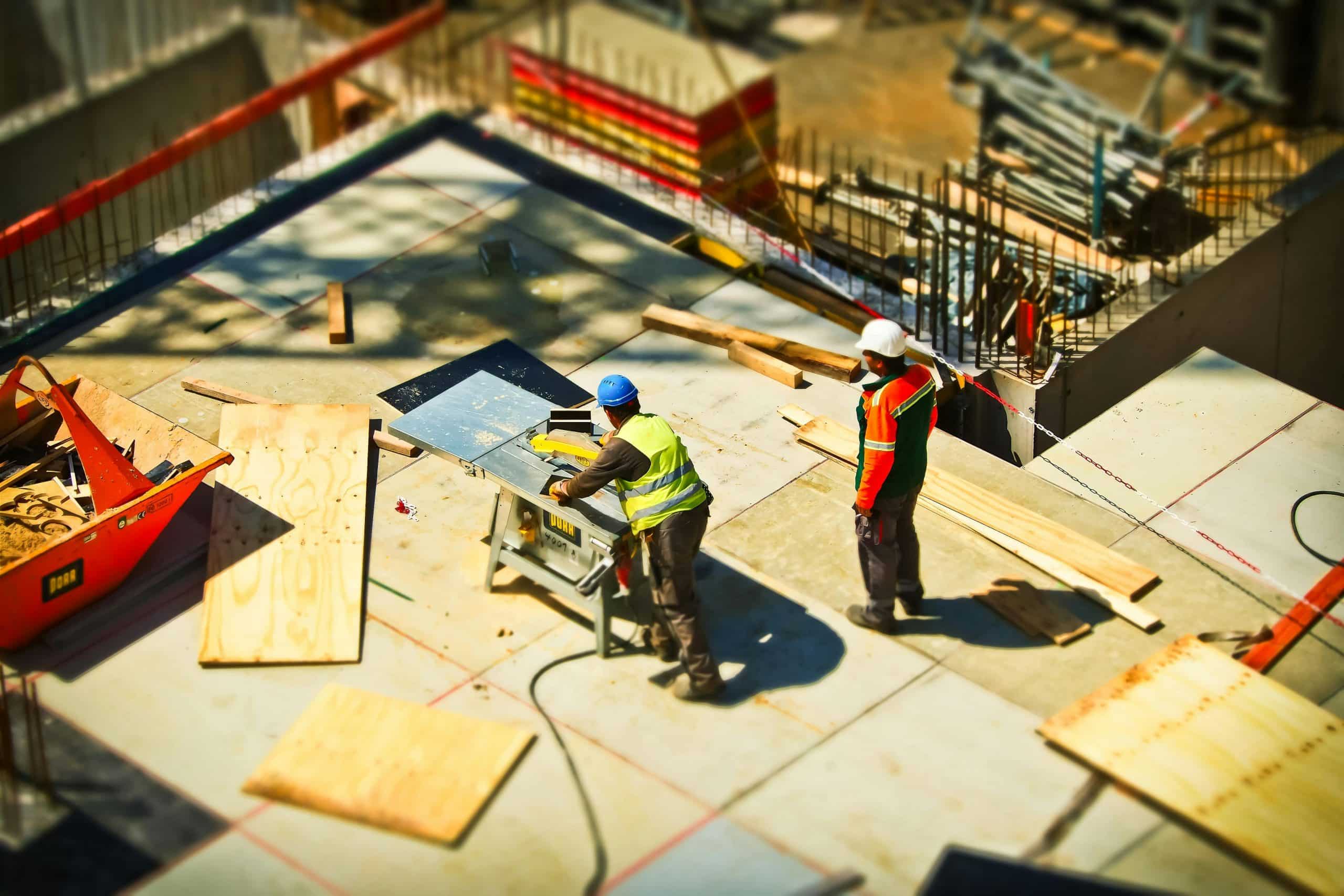What Are the Innovative Approaches to Creating Multi-purpose Community Spaces?

In the bustling cities of our age, public spaces are often viewed as mere thoroughfares or places to briefly rest or consume. But a new wave of urban planning is challenging this, bringing innovative and sustainable design to the fore, and transforming public spaces into vibrant, multi-purpose community hubs. These developments aim to foster social interaction, improve city dwellers’ quality of life, and promote green initiatives.
From urban gardens on rooftops to libraries that double up as social hubs, the following sections will delve into a few innovative approaches that are reshaping our understanding of community spaces in the cityscape, and how these are redefining public space planning and development.
A découvrir également : How to Integrate Sustainable Food Systems in Urban Real Estate Developments?
Rethinking Urban Design: Inclusive and Sustainable Spaces
Inclusive design strategies are pivotal to creating multi-purpose community spaces. It’s no longer about simply beautifying a place but also ensuring it serves the diverse needs of city dwellers. Ideally, these spaces should be accessible to all, regardless of age, gender, ability, or cultural background. This requires a shift in mindset and an innovative approach towards city planning and design.
One such innovative method involves incorporating flexible layouts into urban design. These layouts can be easily modified to cater to various activities and events. This not only optimizes the use of space but also fosters community building by hosting a broad spectrum of social events.
En parallèle : What Are the Economic Advantages of Developing Workforce Housing Near Urban Centers?
Creating green spaces in cities is another innovative approach that combines sustainability with inclusivity. At their core, these green spaces serve a dual purpose. Firstly, they act as a natural sanctuary in the heart of concrete jungles, offering city residents a much-needed respite from their daily grind. Secondly, they play a crucial role in promoting ecological balance in the urban context.
Transforming Public Buildings into Community Hubs
Public buildings, such as libraries, schools, and community centers, are no longer seen as standalone facilities. They are now designed or repurposed to serve multiple uses and become neighborhood anchors.
For example, modern libraries have evolved beyond being quiet repositories of books. They now boast cafes, meeting rooms, coworking spaces, and even maker spaces, thereby serving as multi-purpose community hubs that cater to diverse needs.
School buildings, traditionally used only during school hours, are being redesigned or repurposed to host a wide range of activities outside of school hours. These could range from adult education classes to community meetings and cultural events.
Such transformation of public buildings not only optimizes the use of space but also encourages greater community participation and engagement, and fosters a stronger sense of belonging among the residents.
Community-Led Urban Planning: Empowering Residents
Community-led planning is a growing trend in urban development, with residents being encouraged to actively participate in the decision-making process. This innovative approach values local knowledge and experiences, and it ensures that the developed spaces genuinely cater to the needs of the community.
Such a participatory model can manifest in various ways – from residents voting on potential uses of public spaces to community-led design workshops. This approach not only ensures that the multi-use spaces reflect the diversity and culture of the community, but it also helps foster a sense of ownership among the residents.
Leveraging Technology: Smart Community Spaces
Technology is playing a significant role in the innovative design and planning of multi-purpose community spaces. Smart city technologies, for example, can be used to monitor usage patterns, which in turn can inform future urban planning decisions.
Interactive installations and digital displays can be used to engage the community and add another dimension to the public space. For instance, digital notice boards can be used by residents to communicate and coordinate community events.
Promoting Social Interaction: Designing Spaces for People
The ultimate goal of creating multi-purpose community spaces is to foster social interaction and create a sense of community. Therefore, innovative urban design should focus on creating spaces “for people”.
This includes creating safe, welcoming, and comfortable spaces that encourage people to linger and socialize. It also involves designing spaces that are adaptable and can cater to different needs and events, thereby ensuring they remain vibrant and relevant to their communities.
The shift towards creating multi-purpose community spaces is an innovative and promising trend in urban development. These spaces have the potential to not only enhance the aesthetic appeal of cities but also promote social cohesion, improve sustainability, and truly serve their communities.
The Role of Art and Culture in Community Spaces
Art and culture play a significant role in shaping community spaces. They can add vibrancy to public spaces, foster a sense of identity, and promote community engagement. Urban planners are increasingly recognizing the power of art and culture in transforming public spaces into lively, multi-purpose community hubs.
One innovative approach is the integration of public art into the urban landscape. From street murals to interactive installations, public art can act as a focal point in community spaces, sparking conversations and encouraging interaction among community members. Art can also reflect the unique character and history of the community, fostering a sense of pride and belonging.
Cultural events such as music festivals, outdoor theatre performances, and local markets can also play a pivotal role in creating dynamic community spaces. Not only do these events attract people to the space, but they also provide opportunities for community members to come together, celebrate, and support local talent.
Moreover, when community members are involved in the curation and creation of public art or cultural events, it can lead to a stronger sense of ownership and a longer-term contribution to the development of community spaces. Therefore, community-led art and culture initiatives are a powerful tool for creating inclusive and vibrant public spaces.
The Future of Multi-purpose Community Spaces
As urban planning continues to evolve, the concept of multi-purpose community spaces is likely to become more prevalent. These spaces have the potential to transform the urban landscape, promoting social cohesion, enhancing the quality of life, and creating more sustainable and inclusive cities.
The future of these spaces lies in harnessing the power of technology and innovation. From smart city technologies that provide insightful data to guide planning decisions, to the emergence of flexible and adaptable layouts that can cater to diverse needs, the possibilities are endless.
However, at the core of these developments should be a focus on people. Urban design must prioritize creating welcoming and accessible spaces that encourage social interaction and cater to the diverse needs of community members. After all, public spaces are more than just physical entities – they are places where community life unfolds.
In conclusion, creating multi-purpose community spaces is not a trend, but a necessity in today’s urbanized world. It’s about redefining our perception of public spaces and exploring innovative ways to make them more inclusive, sustainable, and people-centric. Whether it’s through the inclusion of green spaces, the transformation of public buildings into community hubs, or the integration of art and culture, one thing is clear – community spaces have the potential to truly serve their communities and make our cities better places to live. Let’s celebrate this shift towards more insightful and engaging urban planning, and support the creation of multi-purpose community spaces that we all can love.
